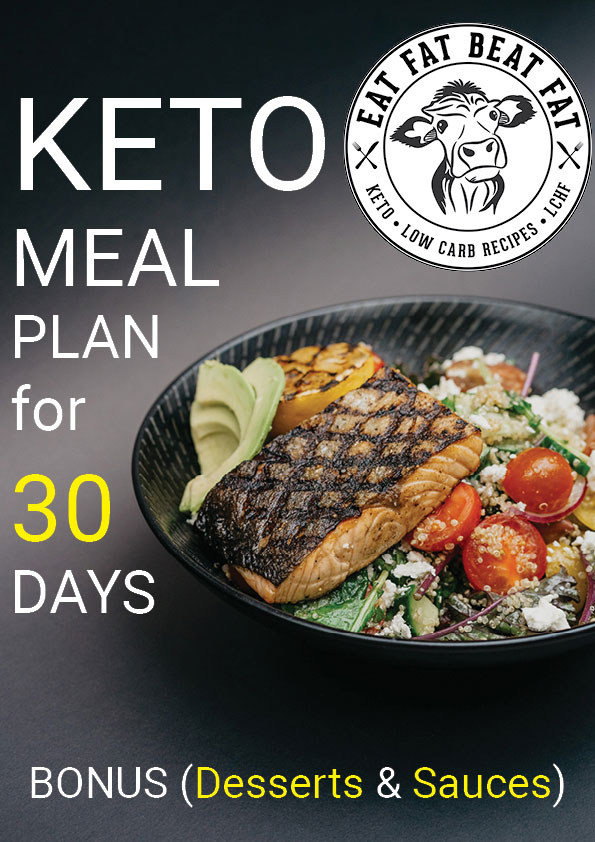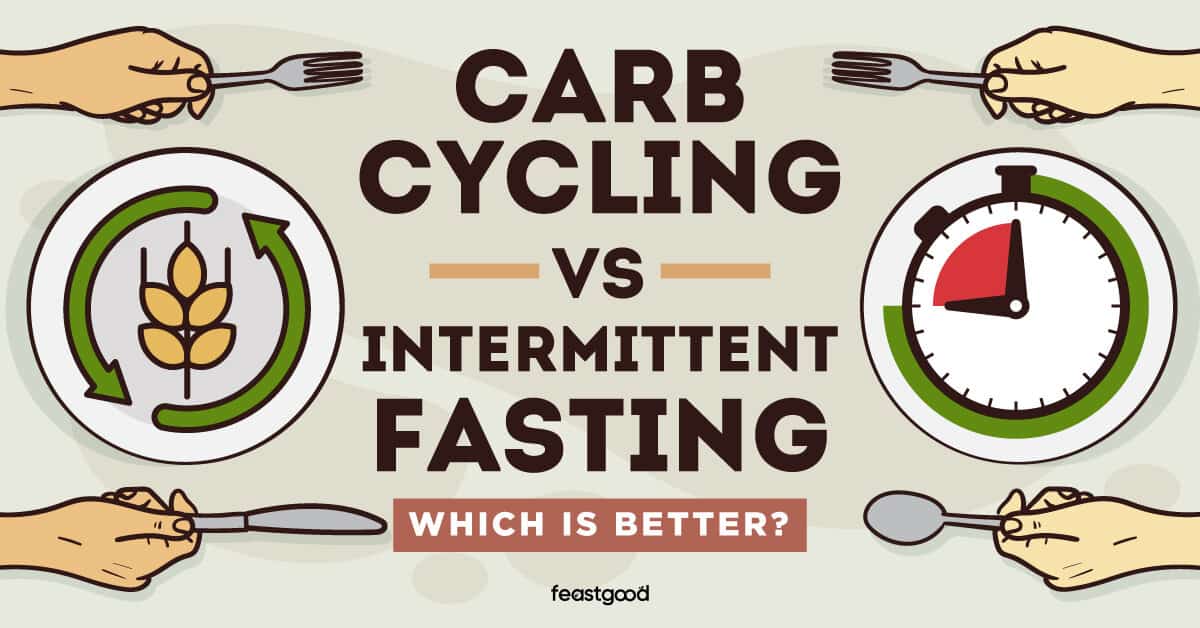When opting to adopt a healthier lifestyle, it’s crucial to be aware of all the factors that will make your endeavor successful. Fasting, or intermittent fasting as it is now more well called, is one of these beneficial activities to engage in when following a ketogenic diet. You may fight extra weight and body fat with a double-edged sword if you combine intermittent fasting with your keto diet plan. When you combine them, your body will become a powerful fat-burning machine.
Your chances of losing weight are definitely increased by intermittent fasting. Even though fasting alone will accelerate weight reduction, doing so while on a ketogenic diet just gives you the best of both worlds. Fasting is simply choosing to intentionally skip meals, and it can lengthen the period of time that the body uses its fat reserves as fuel. You can eat fewer meals while fasting, which means there will be less to prepare. Even when they are losing fat, persons who fast tend to keep their muscle mass better than those who don’t. People who live in nations like Japan and India, where fasting is commonplace, typically live substantially longer lives. Your blood pressure will drop and your body’s ability to regulate insulin production will improve with intermittent fasting.
Selecting your eating window is the first step in using intermittent fasting. You will consume all of your daily caloric intake during this time. Some people consume all of their daily caloric intake in an eight-hour window while fasting for sixteen hours each day. The 16:8 method of fasting is known as this. Some people like fasting for 24 hours once or twice a week. The 5:2 approach is another way to fast, where you eat normally the other five days of the week while only consuming 500 calories or less on two days each week that are not consecutive. No matter when you decide to fast, keep in mind that you should only eat as much as you need for the day. And don’t forget to drink plenty of water. Women can successfully fast using any of these strategies.
The 16:8 approach involves fasting for sixteen hours each day and consuming all of your calories in an eight-hour window, typically from eleven in the morning to seven at night or from midday to eight at night. Given that you will be sleeping for at least seven of the entire sixteen-hour fast and that many individuals are not very hungry for breakfast when they first get up, this is frequently regarded as the simplest approach. If you follow the 5:2 diet, you will eat normally five days a week and then limit your calorie intake to 500 on the other two days not necessarily on consecutive days. No food will be ingested for twenty hours once or twice a week during the twenty-four-hour fast.
For some people who are on a ketogenic diet, carb cycling can be quite helpful. It can be challenging for the mind and body to adhere to a strict low-carb diet, especially over an extended period of time. Carb cycling is a legitimate technique to nearly cheat on the keto diet while still adhering to it and keeping your body in a state of ketosis because most individuals find the keto diet to be so successful that they tend to stick with it for a long time.
Carb cycling is essentially just a strategy for adjusting carb consumption to prevent the body from hitting a plateau throughout the weight-loss process. Additionally, it will support continued good exercise performance and metabolic health. A sophisticated and intensive scheduled nutrition technique is carb cycling. It is frequently utilized by athletes on the ketogenic diet. By timing an increase in carbohydrate intake to provide the greatest benefit when it is required and to restrict carbs more severely when they are not, carb cycling aims to achieve this goal.
Carb cycling can be done in a variety of ways. Selecting the strategy that best meets your unique demands is crucial.
The amount of bodily fat.
When you attain your desired level of leanness, you will cycle in more frequently higher carb days or the amount of weight you want to lose.
Needs for training.
Depending on how long or how hard the training session will be, you will eat more carbohydrates when engaging in a truly strenuous training session, specific events or competitions. Athletes, especially triathletes and marathon runners, will eat a lot of carbohydrates before and after an event to offer energy and recovery food. The same will be done by a lot of bodybuilders competing in physique contests.
Refeeds.
For one to three days, someone on a rigorous low-calorie diet who wants to quickly accomplish a certain target would eat a lot of carbs to replenish their body.
Days of rest and training.
Many athletes will consume fewer carbohydrates on days off and more carbohydrates on training days body composition objectives. Some people limit their carbohydrate intake when dieting and then reintroduce it when they want to build their body a certain way.
A professional athlete is not required to engage in carb cycling. In order to make sure that your body has adequate energy to operate well, you may want to think about carb cycling in some way if you have incorporated exercise into your new lifestyle. If you lack the energy to perform an activity properly, there is no point in trying. And in a woman’s life, finishing mundane duties might be just as taxing as finishing an exercise program. You may want to think about carb cycling on days when your calendar is busier than usual. Being thin while also being unhealthy is pointless, even though it could slow down your weight reduction a little. Furthermore, neither being overweight nor becoming slim will happen overnight. You will eat a little less fat on days when you eat more carbohydrates. You will never change how much protein you consume.
Days that are designated for consuming more carbohydrates are not to be considered “cheat days.” They are planned refueling days in order to benefit from days with higher levels of physical activity. Carb cycling will provide your body with fuel to burn along with eaten fat and allow it to retain the protein consumed to assist grow and feed muscle mass on days when you are engaging in an intensive workout or you are training for a specific event. There is no need to increase your carbohydrate intake if you are just unwinding or going about your normal day because the extra calories will be converted to body fat. This also holds true for days when you engage in low-intensity exercise, such as a yoga class or a run.
It’s crucial to choose which keto diet plan to adhere before starting the diet. The most popular variations of the keto diet are four of them. The typical keto diet is the most widely used strategy. You will consume a diet that is 75% fat, 20% protein, and only 5% carbohydrates when following this regimen. On the cyclical keto diet, you will eat more carbohydrates when you need to refeed on more carbohydrates and fewer carbohydrates on other days. You can include carbs to be eaten around your workouts if you follow the focused ketogenic diet. The high protein keto diet is quite similar to the conventional keto diet, however the protein intake is greater at 35%, with the dieter taking 60% fat and 5% carbohydrates. Although carb cycling can be employed with the other two techniques, you’ll note that the cyclical and the focused versions have it built in.
It is entirely up to you which strategy you choose to use and whether you intend to incorporate carb cycling, intermittent fasting, or both. And the fact that the keto diet may be modified to meet your needs, within reason, is part of its appeal. Naturally, you won’t be able to continue consuming the quantities of carbs or sweet foods you are used to, but you will have some flexibility to design a lifestyle that is completely suited to your requirements. Do not be hesitant to experiment with various diets, carb cycling, and fasting. Stop doing something if you discover that it simply does not work for you. Fasting and carb cycling are merely additional tools you can employ to maximize your weight reduction as long as you adhere to the keto diet. But since this is your diet, you must customize it to meet your needs and your lifestyle; otherwise, no matter how hard you try, it will never be successful for you.



